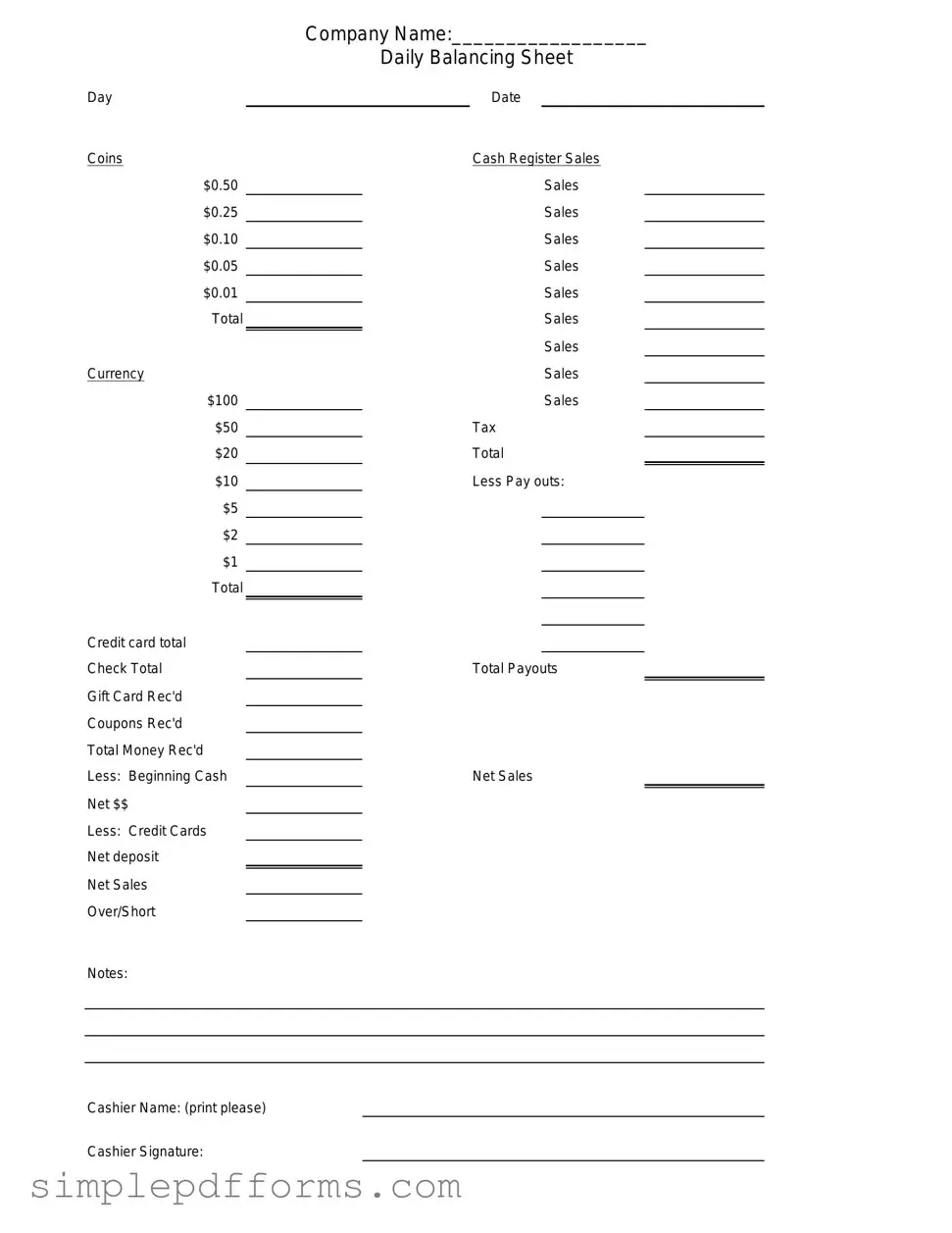Fill a Valid Cash Drawer Count Sheet Form
The Cash Drawer Count Sheet is a crucial document used by businesses to track the amount of cash in a cash drawer at the end of a shift or business day. This form helps ensure accuracy in financial reporting and accountability for cash handling. By maintaining a clear record, businesses can identify discrepancies and enhance their overall financial management practices.
Open Cash Drawer Count Sheet Editor Now

